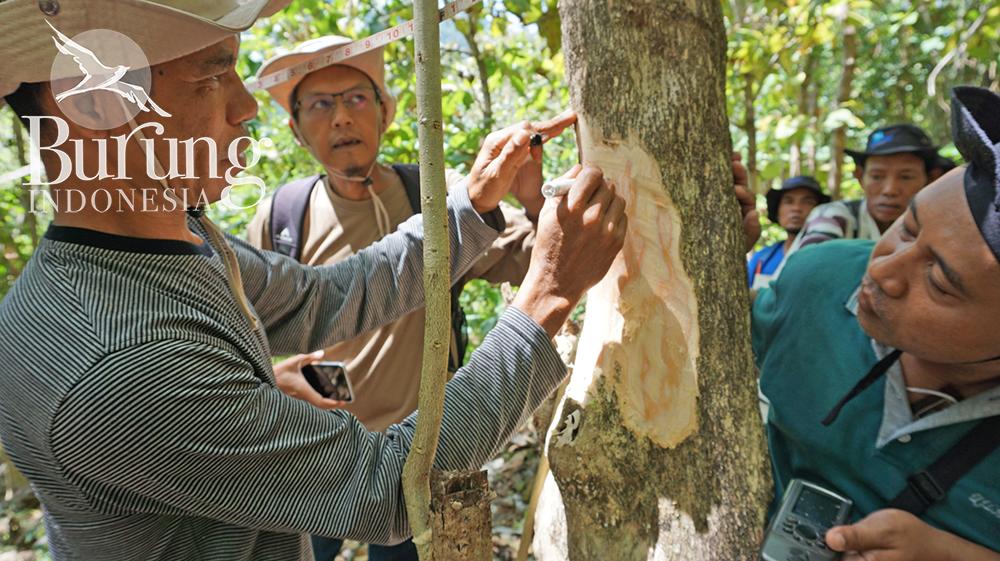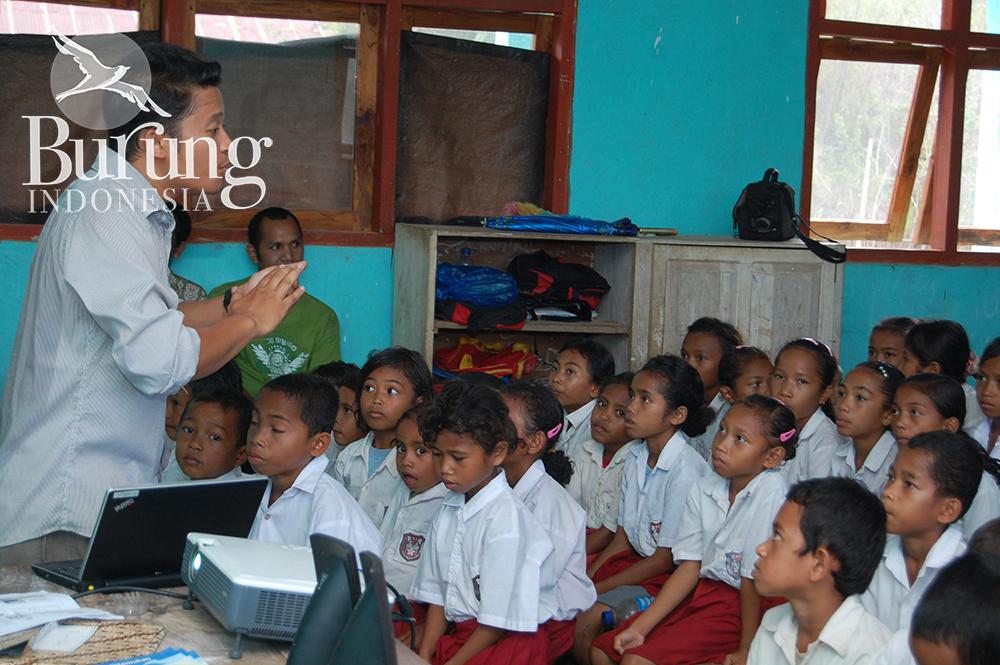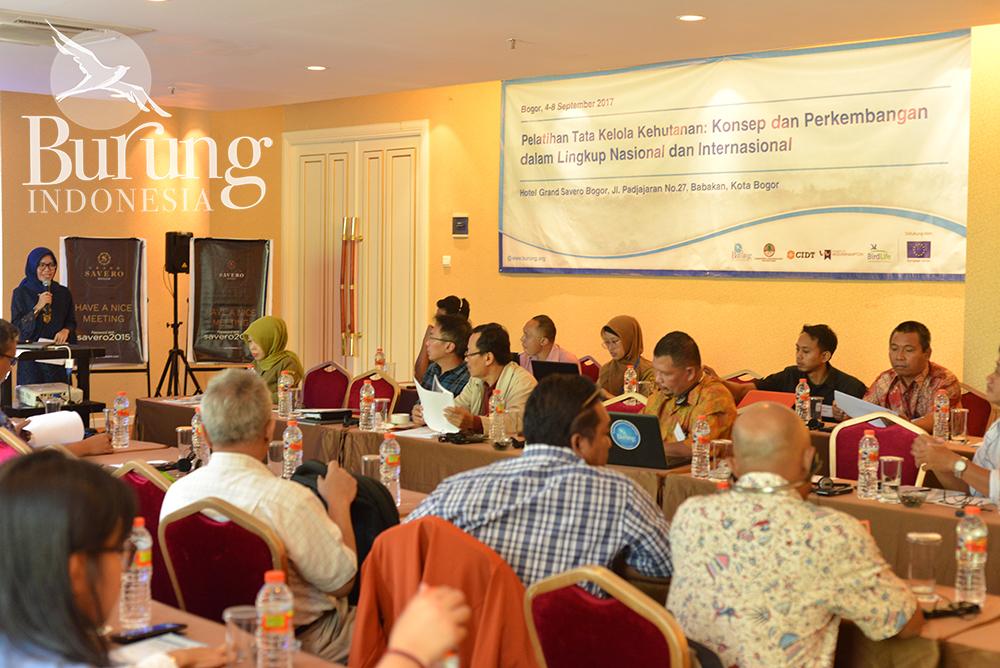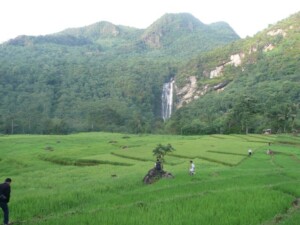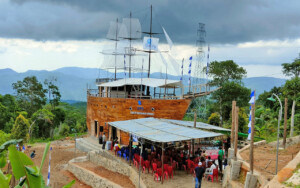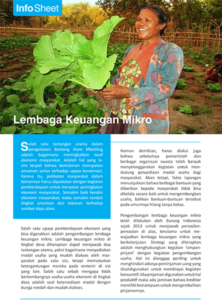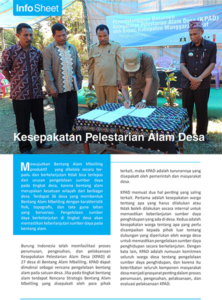Program Flores
Description
The Mbeliling Landscape consists of forest and non-forest areas with an estimated total area of 94,000, covering five sub-districts namely Komodo, Sano Nggoang, Mbeliling, Lembor and South Lembor in West Manggarai Regency. The forest area consists of the Mbeliling and Sesok main forest blocks. Areas that are not included as forest areas include mixed gardens, shrubs, savanna, irrigated rice fields, rainfed rice fields, open land, coral, fields, candlenut estates, mangrove forests, settlements, and swamps.
In general, the climate in Mbeliling Landscape is seasonal tropical so that rainfall patterns have serious implications for semi-perennial forest conditions, water management and agricultural and plantation activities. The forest area in Mbeliling is the upstream for rivers that flow to the west and south. The main habitat types in the Mbeliling Forest are semi-perennial tropical rainforests and deciduous tropical rainforests which are prioritized for conservation efforts in tropical regions of the world.
Rich in biodiversity, the Mbeliling Landscape is a haven for endemic plants and birds. There are 17 species of birds that are threatened with extinction according to the IUCN classification, four of which are endemic to Flores, namely the Flores Hanging Parrot, Flores Monarch, Flores Crow, and Flores Owl. Two other species, the Flores Eagle and the Yellow Crested Cockatoo, are in Critical Status. Also inhabiting the Mbeliling forest are the Schmutz Worm Snake and the Flores Giant Rat.
From an economic point of view, the Mbeliling Landscape is an agricultural development area (rice fields, fields, gardens, and pastures) which is very productive and contributes the most to the Gross Regional Domestic Product. The largest component of this agricultural cultivation is mixed gardens, with five important commodities: candlenut, cocoa, coffee, cloves, and cashew. According to the results of household surveys, almost all communities in BAM depend on simple farming systems for livelihood activities, dominated by upland and lowland rice and plantations. Other sources of livelihood (occupation) are state employees, businessmen, artisans, fisheries, animal husbandry, transportation services and tourism-related activities.
Another potential that is being promoted as the mainstay sector of West Manggarai Regency is ecotourism which is in line with the principles of productive and sustainable landscape management. In the future, this sector is believed to be one of the locomotives that drive the economy of the community.



